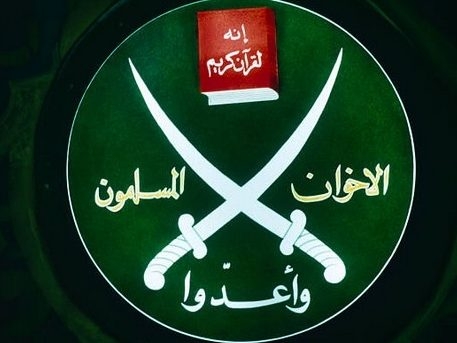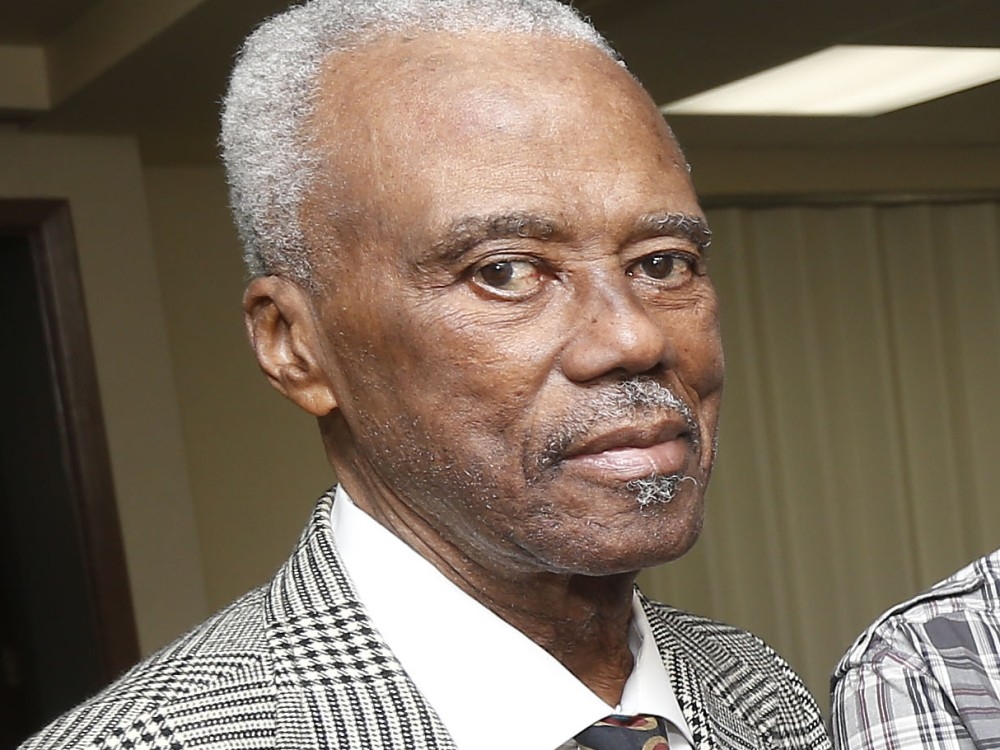The stark images have surfaced: photographs documenting the arrest of Luigi Mangione, the man accused of a calculated murder that sent shockwaves through the financial world. These frames, pulled from police bodycam footage, offer a chilling glimpse into the moments following his capture, a quiet confrontation unfolding in the mundane setting of a fast-food restaurant.
The photos reveal Mangione seated alone, masked and seemingly inconspicuous in a corner booth. He’s shown lowering his mask to speak with an approaching officer, a subtle shift in demeanor before the reality of his situation descends. Then, the decisive image: Mangione, hands secured behind his back, being led away in handcuffs.
Mangione’s legal team is fiercely contesting the charges, including the possibility of the death penalty, and is battling prosecutors over the legality of the evidence gathered during his arrest. They allege a violation of his rights, claiming officers improperly searched his backpack and interrogated him before administering the Miranda warning in Altoona, Pennsylvania.
Federal prosecutors defend the search, citing legitimate safety concerns. They maintain the only statement they intend to use against Mangione is his alleged misrepresentation of his name – a question they argue didn’t require a Miranda reading. This legal maneuvering underscores the high stakes of the case and the meticulous preparation on both sides.
The victim, 50-year-old Thompson, was a father of two from Minnesota, in New York City for a UnitedHealthcare investor conference. His life was abruptly ended while walking to the event, a senseless act of violence that unfolded in broad daylight.
Surveillance footage paints a terrifying picture: a masked assailant approaching Thompson from behind and unleashing a volley of gunfire. Mangione, according to authorities, then fled the scene on a bicycle, later boarding a bus in a desperate attempt to disappear.
His attempt at evasion was short-lived. Five days later, a stroke of recognition by observant customers at an Altoona McDonald’s – individuals who had seen his wanted poster – led to his arrest. Police recovered the alleged murder weapon within his backpack, alongside journals containing critical writings about the healthcare industry.
While some have attempted to portray Mangione as a revolutionary, his lawyers dismiss the notion of a “manifesto,” downplaying the significance of his writings. Yet, the Department of Justice alleges a meticulously planned operation, driven by a desire to spark a national conversation – however violently – about healthcare.
Prosecutors assert Mangione deliberately traveled to New York, specifically targeting Thompson during the investor conference. The weapon used, a 3D-printed ghost gun equipped with a suppressor, speaks to a chilling level of premeditation and a calculated effort to avoid detection.
The seemingly ordinary stops – a Manhattan Starbucks, the Pennsylvania McDonald’s – ironically became pivotal points in Mangione’s capture, highlighting how even the most carefully laid plans can unravel through unexpected encounters and the vigilance of ordinary citizens.






